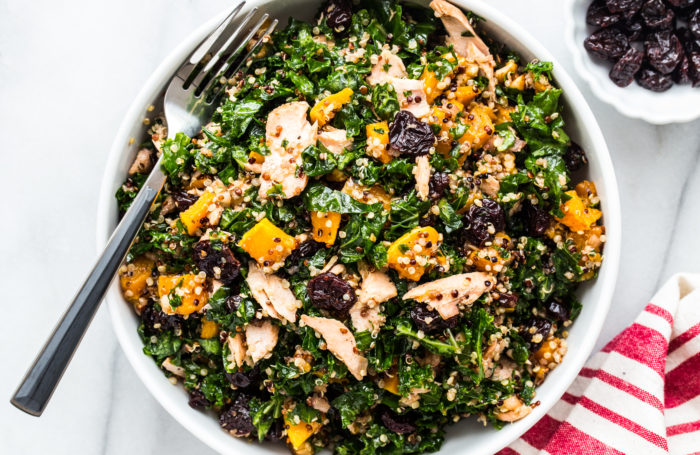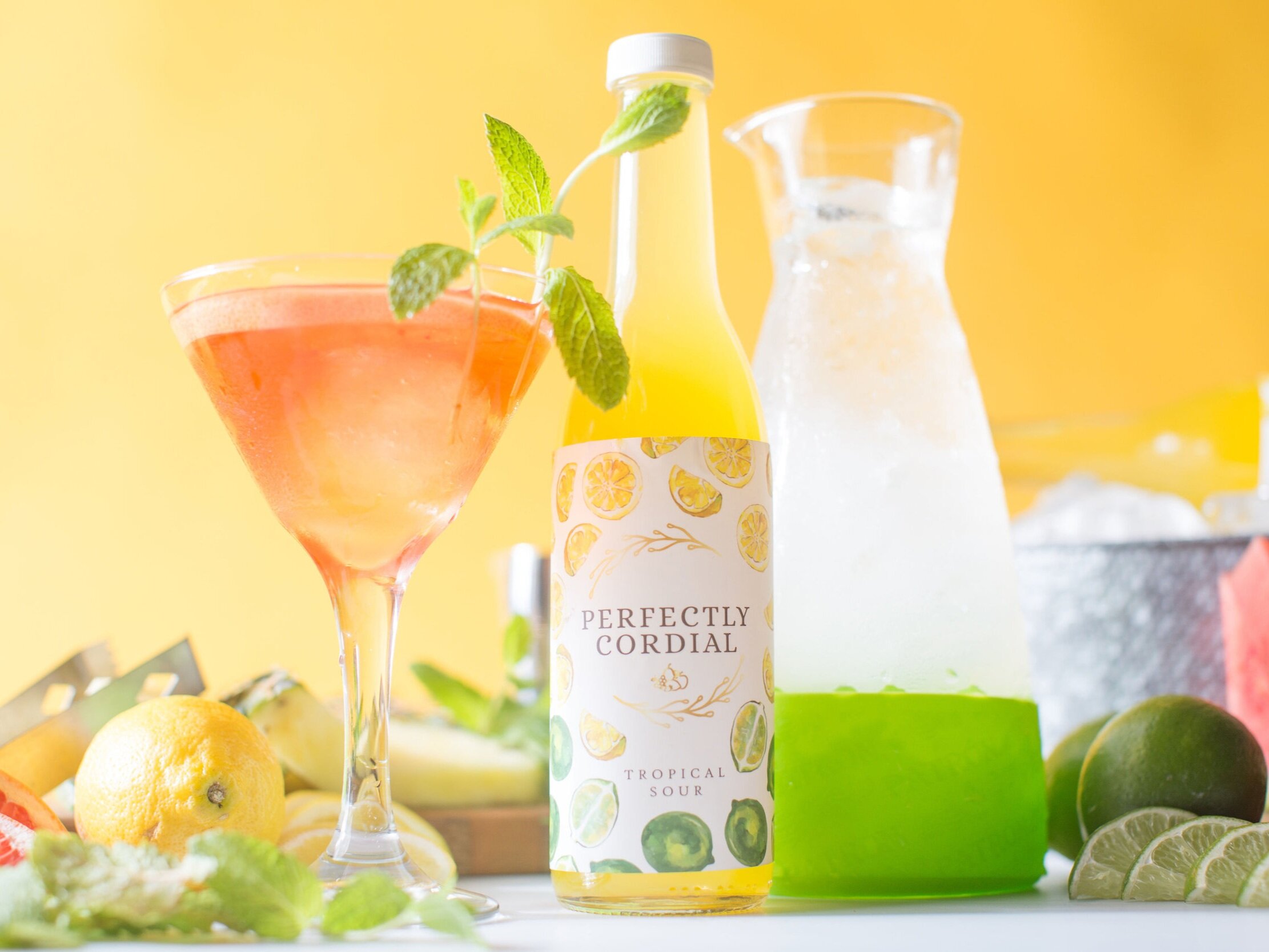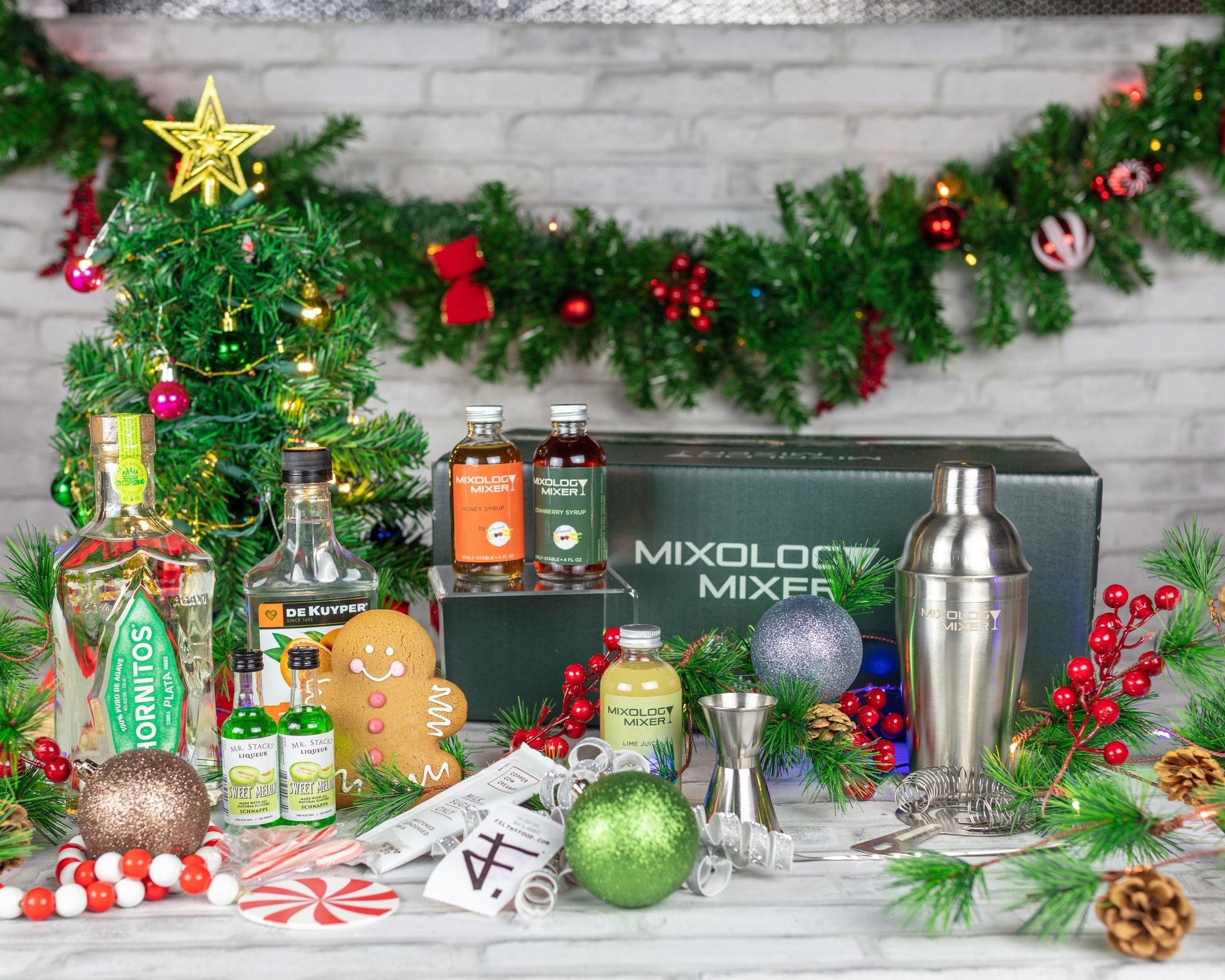10 pro Tips to Recognize Ripe Fruits

Keeping fresh fruit around the house provides a healthier alternative when your sweet tooth comes calling. Understanding how and when to buy at the peak of ripeness (or just before, in some cases) can help you avoid food waste while keeping your doctor happy.
Consider these simple tips for recognizing ripe fruits:
Strawberries: Check the area at the top of the berry near the stem and leaves. A ripe strawberry is fully red; green or white near the top means the fruit is underripe.
Watermelon: The “field spot,” or the area where the melon sat on the ground, should be yellow, and a tap on the rind should produce a hollow sound.
Cherries: Flesh should appear dark with a crimson color and feel firm.
Blueberries: Similar to cherries, the color should deepen to dark blue. A reddish or pink color may be visible in unripe berries.
Blackberries: Look for a smooth texture without any red appearance. Because blackberries don’t ripen after being picked, they tend to spoil quickly.
Cantaloupe: You should detect a sweet smell, and the melon should feel heavy upon lifting.
Peaches: A sweet, fragrant odor should be apparent. The skin should feel tender but not soft.
Pineapple: Smell is again an important factor for pineapple – a sweet scent shows it’s ready, but a vinegary one likely means it’s overripe.
Raspberries: Generally follow the same rules as blackberries. Best eaten within a couple of days of purchase, a bright red color represents ripe berries.
Bananas: A ripe banana features a peel lightly spotted without significant bruising. Your best bet may be to purchase bananas still slightly green and allow them to ripen at home.
Find more food tips, tricks, recipes and videos at Culinary.net.
The Black Texas Team works diligently to bring our audience valuable and insightful content from perspective you can trust. These may include press releases, sponsored content, or links that we may earn commission from through your support.






